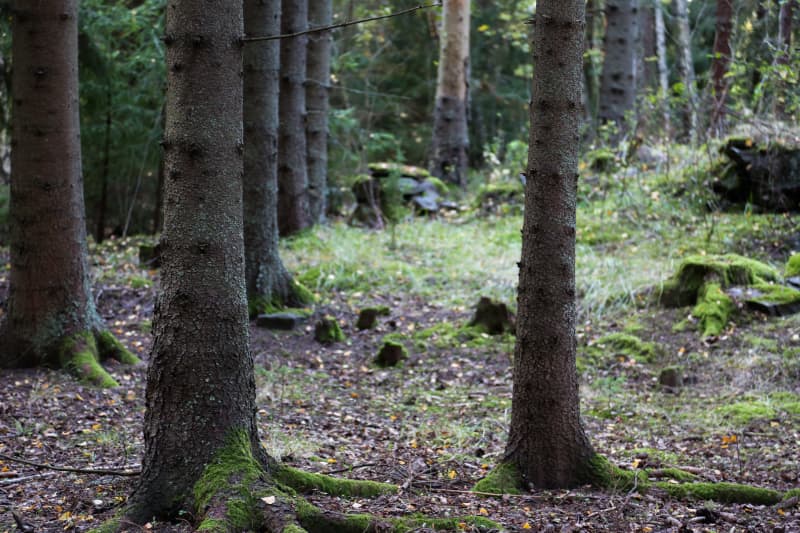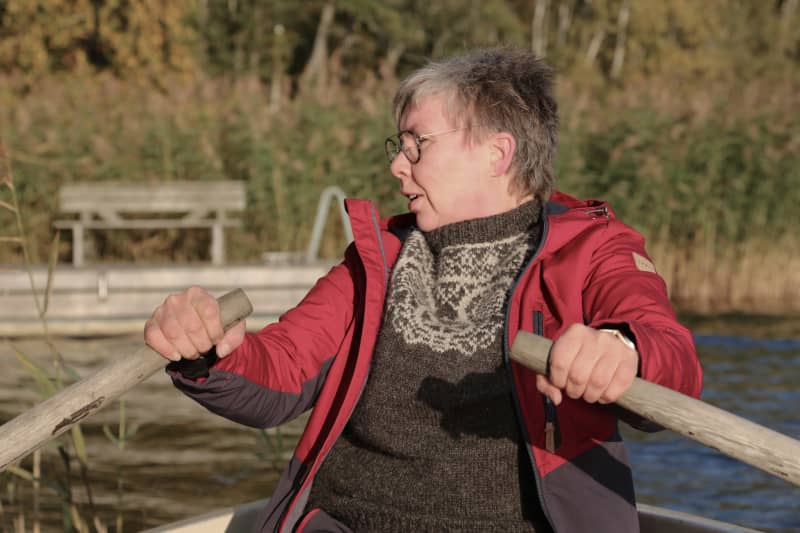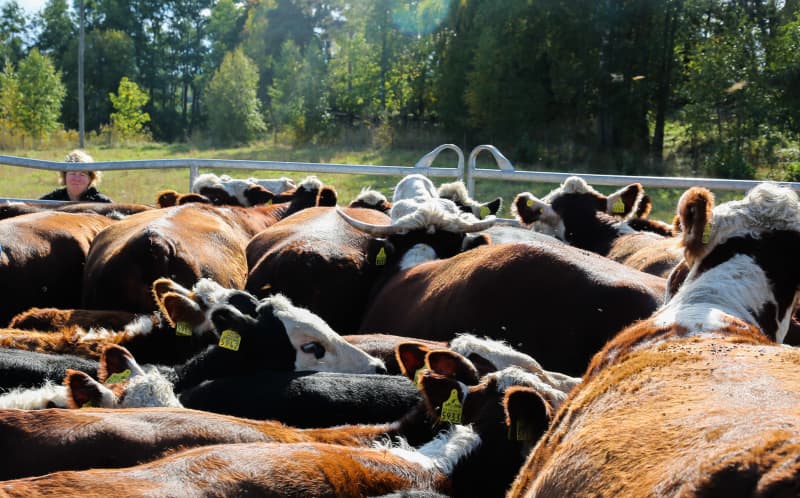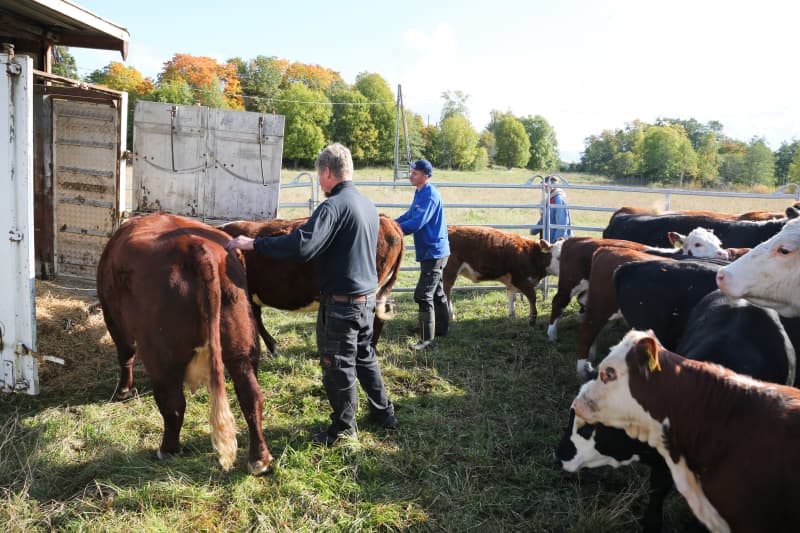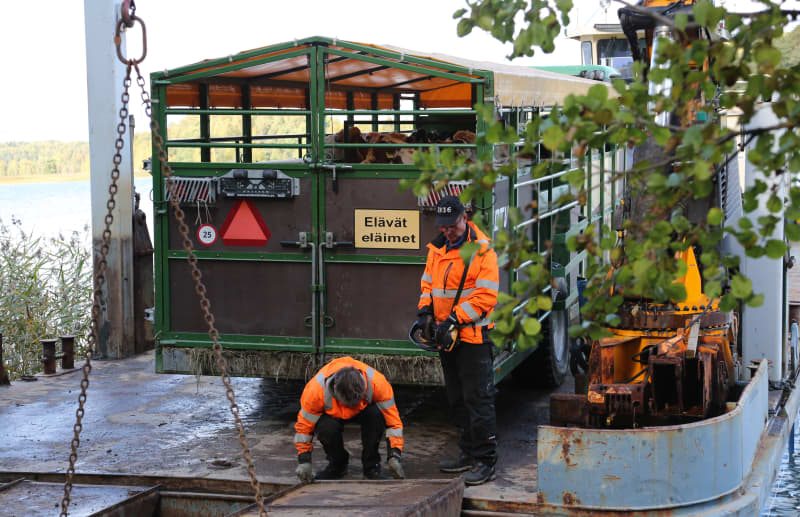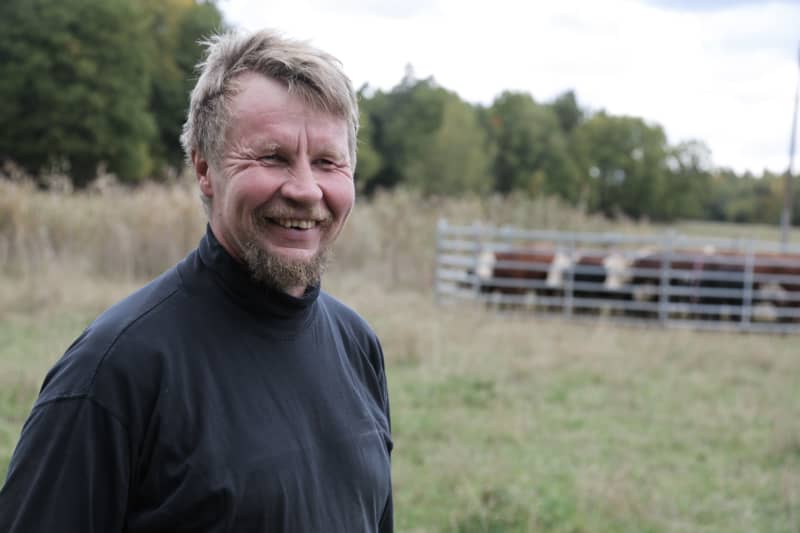Cows and sheep are the best caretakers of the traditional biotope. The overgrown fields flourish, the landscape expands and the coastal vegetation is kept under control. There would be much more work than there are enough animals for.
The 33-hectare island is fascinating. A. Ahlström’s steam sawmill started operating there in 1874. At its peak, about 300 people lived on the island.
Now all that remains of the sawmill are the stone foundations of the houses. The Åland sheep of Juhola’s Ali-Unkila sheep farm bounce nimbly over the rocks. The farm’s sheep are in different parts of Satakunta, mainly on natural pastures.
Kaunissaari has been eaten by Juhola’s sheep for seven years. It starts to show in the landscape: without the sheep, the island would be grassy. Now the landscape is open and it’s easy to move around.
Raptors row to the island
Kaunissaari is an island owned by the city of Eurajoki. You are allowed to refresh yourself there, admire the handsome trees, sit on the cliff in the evening sun and enjoy your own snacks under the barbecue shelter.
– Many people come here just for the sheep, says Hanna-Leena Juhola.
Lampuri himself rows to the island a few times a week to check that the sheep are doing well. And they do well.
– The Åland sheep is brave. It likes varied terrain and doesn’t get stressed by sea voyages, says Juhola.
Sheep and cows would have more to eat
There are approximately 33,000 hectares of traditional biotopes and natural pastures under management in Finland. The goal would be 90,000 hectares, so that all habitat types and species would be preserved.
Actual Finland has the most traditional biotopes and natural pastures. The province also has the richest areas in terms of species and, according to Lundström, they should be better managed.
However, agriculture has changed. The facilities have grown and are scattered across Finland. In Finland proper, there are not enough domestic animals for grazing work, and moving livestock further away brings too many costs.
Raising the profile of naturally pastured meat may hurt the rancher’s bottom line
Eriika Lundström hopes that the rise in the profile of naturally pastured meat could increase its demand and bring better profitability to livestock farms.
The Koske manor in Salo was recently the first in Finland to receive the natural pasture meat certificate.
Natural pasture or meadow meat has been its own trademark in Sweden for a long time. Now Finland is progressing on the same path.
An animal that grazes natural pastures, coastal meadows and traditional biotopes is also entitled to EU support. This environmental agreement compensation is increasing a little after the turn of the year, when the EU’s new seven-year agricultural program (CAP) enters into force.
The cows from Sauvo are familiar friends in Turku
Turku’s Kulho island has a lot of fields, forests and beach reeds. In these landscapes, the ruminants of the Salmensuu cattle farm in Sauvä have become familiar to many. Salmensuu also grazes beef cattle along with others in Turku’s Friskalanlahti and Katariinanlaakso.
There has been grazing on the lands of the city of Turku for at least 30 years. The impression is according to it.
– Keto vegetation has managed to grow well. The landscape to the sea has opened up and the birds are enjoying themselves. This is the goal of managing seaside meadows, explains Eriika Lundström.
Moving livestock is a big job
The size of Salmensuu’s herd ranges between 300 and 400 cattle at best. Autumn’s task is the transfer of livestock from numerous pastures to domestic landscapes in Sauvo. The transfer takes dozens of hours, and skilled assistants must also be involved in the operation.
The cattle are transported home from the pastures with tractor-drawn transport wagons, and the water is crossed by ferry. Salmensuu’s farm is an organic farm. The work of cattle in increasing biodiversity is appreciated there.
– Without EU support, this would not be possible, Toivonen says.

